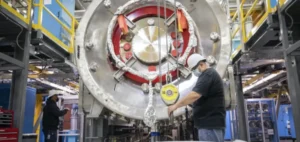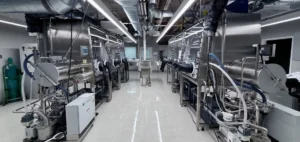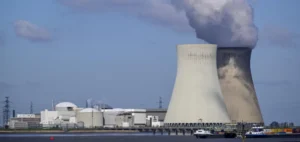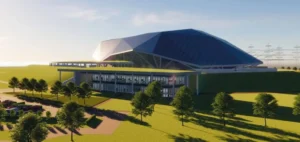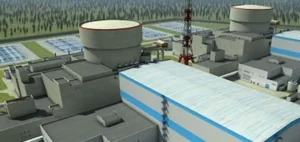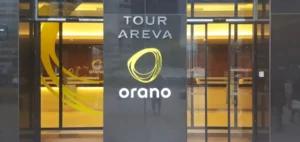The Kazakh national atomic energy company, Kazatomprom, has completed the shipment of uranium to Romania via the Caspian Sea. The uranium will be used by Nuclearelectrica to start production at its CNU Feldioara processing plant.
Export of uranium via the Transcaspian International Transport Route
This plant is now ready to start operations and will contribute to the production of electricity in Romania. Kazatomprom wins an open tender for the supply of natural uranium oxide for the Romanian nuclear industry in December 2022 and delivers the material according to the terms of the contract.
The Transcaspian International Transport Route is used to export uranium, which passes through Azerbaijan and Georgia before reaching the Black Sea, without entering Russian territory. This route was developed in 2018 to mitigate the risk of disruptions on the usual route from Kazatomprom to the west via St. Petersburg.
Nuclearelectrica’s two Candu reactors generate about 20% of Romania’s electricity, and fuel for the plant is manufactured by its subsidiary, Fabrica de Combustibil Nuclear (FCN), at its fuel plant in Pitesti. Romania’s national nuclear company has agreed to buy Compania Nationala a Uraniului’s (CNU) uranium processing assets in Feldioara in 2021 as part of a plan to develop a Romanian integrated nuclear fuel cycle.
Nuclearelectrica completes the acquisition of the uranium concentrate technical processing stream from CNU’s Feldioara subsidiary at the end of December 2022 and leases the relevant assets to its Feldioara FPCU subsidiary.
Nuclearelectrica seeks to consolidate its nuclear capabilities to ensure sustainable production
During the first three months of this year, it is working to authorize the production process and to prepare the facilities of Feldioara for the beginning of the treatment. The contract with Kazatomprom was signed at the same time as this “operationalization” so that the contracted quantities would be delivered in time for the start of production.
With investment projects worth 12 billion euros ($13 billion) over the next decade, Nuclearelectrica aims to consolidate its nuclear capabilities and provide Romania with “total investment capacity. The company plans to renovate the old Cernavoda unit, complete two other units planned at the site and develop small modular reactors in cooperation with the American company NuScale.
“The strategic decision to acquire part of Feldioara’s assets needed for the processing of raw material was aimed at preserving and developing the Romanian integrated nuclear fuel cycle, the integrated production capacities in SNN (Nuclearelectrica) and, in equal measure, guaranteeing the production of fuel bundles and the optimal operation of NFP Pitesti and Cernavoda NPP, in the context of the expansion of the nuclear power plant’s capacity, at an advantageous cost for the transaction”, said Nuclearelectrica’s CEO, Cosmin Ghita.
Thus, the completion of the shipment of uranium to Romania by Kazatomprom marks an important step in Nuclearelectrica’s plans to develop a Romanian integrated nuclear fuel cycle. The shift to clean energy beyond the 2030s demonstrates the company’s commitment to providing Romania with reliable and sustainable sources of electricity.





